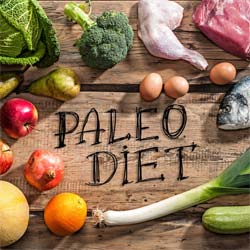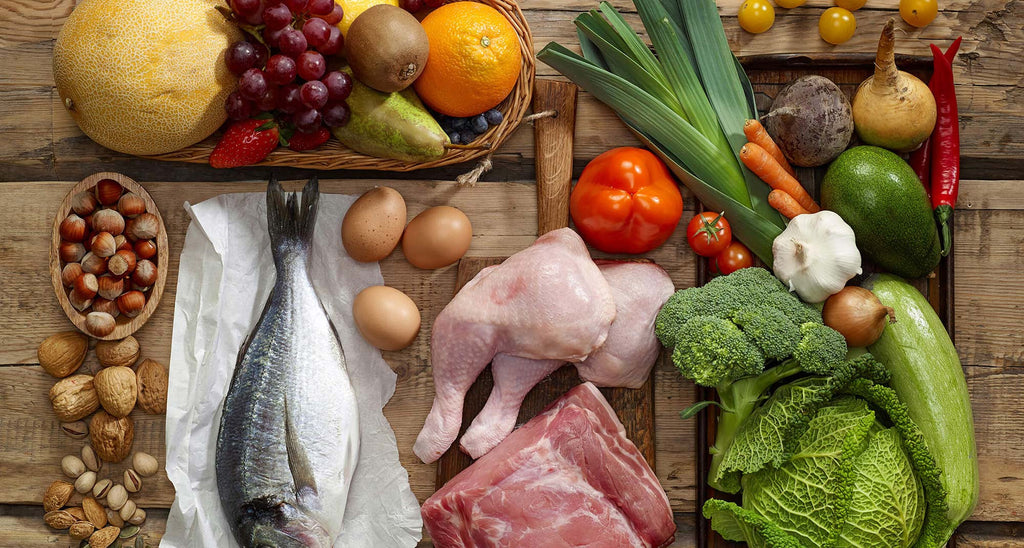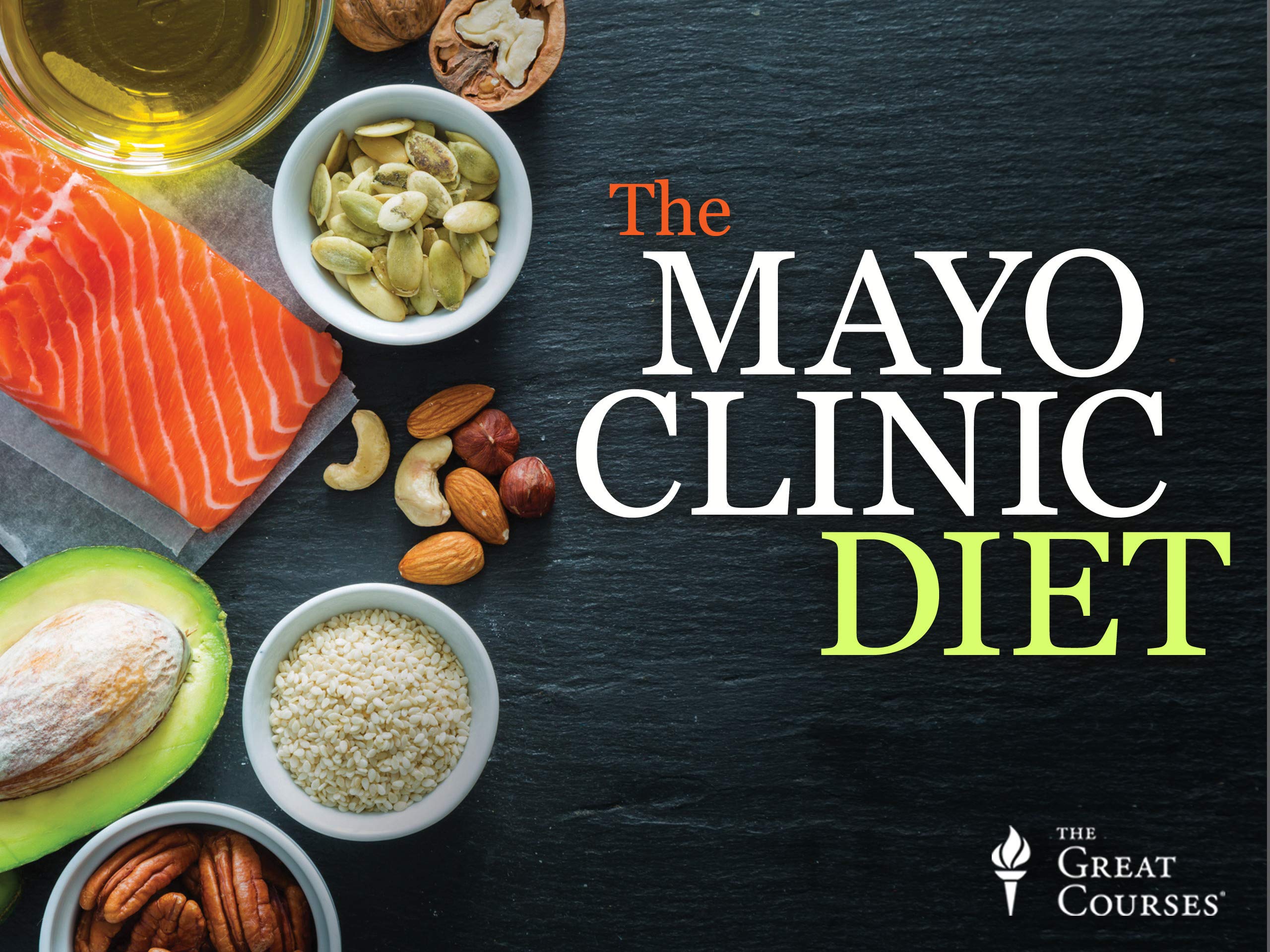
The Paleo diet is a great option for beginners or those who have not heard of it before. We'll talk about its health benefits, side effects, and application. Whole grains, fruits and nuts are the main ingredients of this diet. Except for bow hunting in the wild, meat is not allowed. Moderately high levels of dairy are also a good source for calcium. And it includes whole grains and legumes.
Problems with the Paleo diet
There are many issues with the Paleo diet. Not only is it too high in meat and eggs, it also rejects many healthy foods, including dairy and grains. Although Paleo may seem to have some advantages, it is not based upon scientific research. These are some of the most frequent problems associated with this diet. Below are some common Paleo-related problems. Be sure to weigh your options before you make the change.
Paleo diet is based on the belief that humans evolved to eat fish and meat. Because there are few edible plants in Arctic, the people were able withstand starvation and still stay healthy. Paleo does not encourage the consumption of grains. The Paleo diet is not only healthy, but it can also help you to lose weight quickly.
Potential health benefits

Paleo is a high-protein diet with low carbohydrate and protein. This may be beneficial for people who have metabolic health issues. Reduced sugar intake, which is often associated with insulin resistance, can increase the body's ability and insulin sensitivity. The body's intake is reduced by avoiding grains and legumes. This may help those with autoimmune conditions. But, it is important to remember that whole grains can reduce your intake of beneficial nutrients as well as increase your risk of developing cardiovascular disease or diabetes.
Recent research published in American Physiological Society revealed that the diet reduces inflammation biomarkers and may lead to a reduction in prescription drug use in type 2 diabetics. Additional research is necessary to confirm these benefits and to determine if it can reduce medication. Many people have seen significant health benefits from the Paleo diet, despite the fact that it discourages the consumption of processed foods. Paleo is not a diet that requires you to eliminate refined foods like breads, pastas and sugary drinks.
Possible side effects
A lack of cereal grains could be one of the side effects associated with the paleo diet. Your intake of fiber, B vitamins and other nutrients will be reduced if there are no cereal grains. This can affect your ability to regulate blood sugar levels. Eliminating grains from your diet can increase the risk of developing certain chronic diseases, such as diabetes. Additionally, cereal grains contain important nutrients such as magnesium and iron, which can lower cholesterol, and protect your body against chronic diseases. However, if you have been eating cereal grains for a long time, you need to be aware of the possible side effects of the paleo diet.
Bad breath is one of many side effects that Paleo can cause. This symptom varies from person to person, and depends on the food you eat, the composition of your diet, and your body's metabolism. Your breath might smell especially bad if you're in ketosis. Additionally, increased intake of protein may cause your gut to produce more hydrogen sulphide. This can cause unpleasant burps. It may also lead to a smell similar to eggs.
Application

Despite the numerous claims of weight loss and healthy living, the Paleo diet does not have adequate research to back its weight loss claims. This diet restricts or eliminates whole food groups like grains and dairy products. It can lead to a high intake of saturated fats and a lack of key nutrients. It is classified as somewhat hazardous. Here are some reasons not to follow the Paleo lifestyle:
Paleo also encourages the consumption and absorption of lean meats. It can also be used as part of a nutrition plan that is tailored to power and strength athletes. The diet may be more restrictive during the off-season while becoming more flexible during the sport season. This allows athletes to include more CHO in their diets during the sport season. This plan can be difficult for strength and power athletes.
FAQ
What does a culinary program cost?
Culinary school costs vary depending on where you go, how long you study, and what program you choose. The average tuition ranges from $10,000-$30,000 per year. Most students graduate with approximately $20,000 in debt. There are programs that offer work-study and scholarships.
How do you choose the right career path to become a chef? How do I begin my career as chef?
You should start as an apprentice if you are interested in becoming chef. Apprenticeships allow you to work for several years without paying any tuition fees. After you complete your apprenticeship, it is possible to apply for a job as a sous-chef. Sous chefs oversee cooks and help them make salads and desserts. They also supervise the operation of the restaurant.
How Can I Get Hired As a Cook?
It is possible to get a job in the kitchen by word of mouth. People in your circle of friends might know about restaurants that need additional staff. A lot of restaurants also advertise their openings on bulletin boards or websites.
How do I get hired as chef?
A culinary arts degree is the first step to a career as a chef. You should next join a professional organization such as the American Culinary Federation. The ACF offers certification exams and networking opportunities.
How do I get motivated to cook?
Cooking is fun when you share food with family and friends. However, cooking for yourself is much easier than cooking for others. If you want to be motivated to cook, try making something new. This will help you learn about new techniques and ingredients. It's also possible to use recipes from other cultures in order to broaden your culinary knowledge.
Statistics
- In the United States, the category is estimated at $23.2 billion annually and is growing faster than the market. (washingtonpost.com)
- You'll be amazed that over 90% of CIA students receive scholarships and grants to finish their culinary studies. (ischoolconnect.com)
- On average, chefs earn $58,740 a year, according to the BLS. - learnhowtobecome.org
External Links
How To
How to cook a steak
The thickness of the meat determines the best cooking method. Thicker steaks should be cooked over low heat. Thicker steaks will need to cook at higher temperatures.
You should also ensure you don't overcook them because they'll lose flavor. And remember always to remove the steak from the pan when it's done - this way, you won't burn yourself.
Cooking times vary depending on the size and degree of doneness desired. Here are some general guidelines:
Medium Rare: Cook until medium rare, which means the internal temperature reaches 145degF (63degC). This takes between 3 and 5 minutes per side.
Medium: Cook until medium, which means the internal temp reaches 160degF (71degC). This typically takes 6 minutes per side.
Cook well until done. That means that the internal temp reaches 180degF (82degC). This takes between 8 and 12 minutes per side.